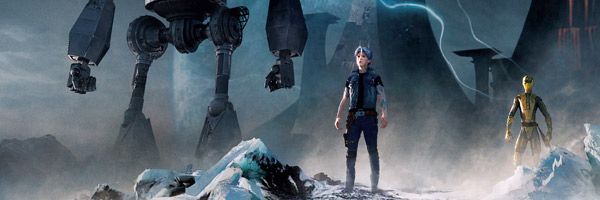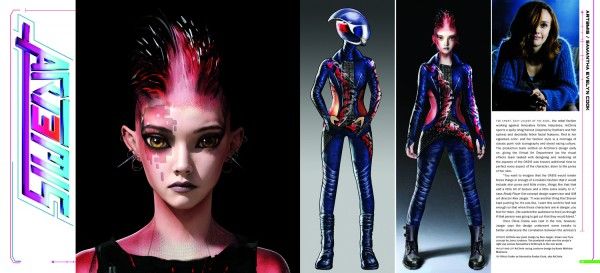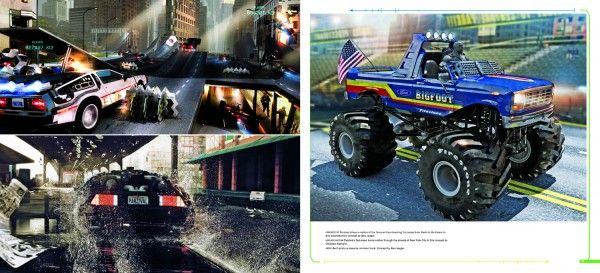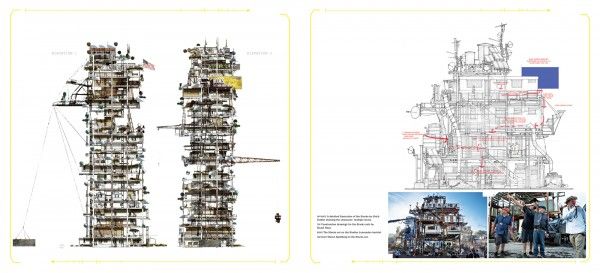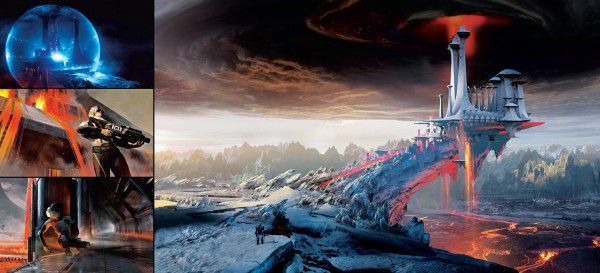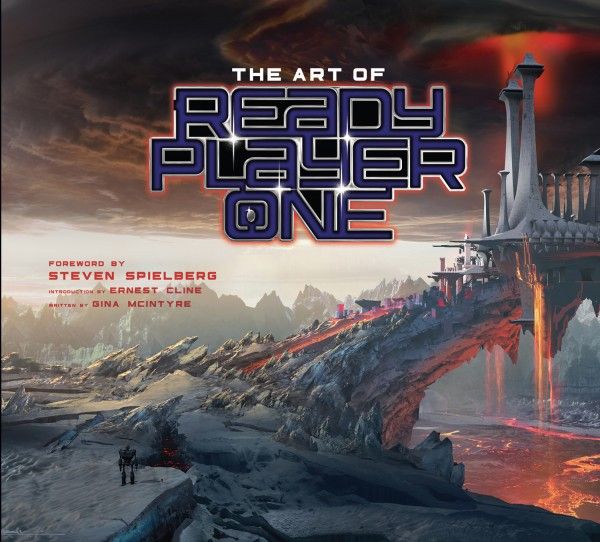When it comes to every Steven Spielberg film, regardless of content, cinephiles are eager to learn the ins and outs of how the acclaimed filmmaker put the movie together. Spielberg’s talent is unparalleled as one of the best and most successful directors who’s ever lived, and so even a tiny peek behind the curtain at the most straightforward of Spielberg films is worthwhile. So when it comes to Ready Player One, a massive blockbuster for which 60% of the film is crafted using motion-capture and computer-generated graphics, that interest becomes even more pronounced.
Which is why the making-of book The Art of Ready Player One is a swell find for Spielberg fans. Written by Gina McIntyre, the book hails from Insight Editions, which has published some of the best and most insightful making-of books in recent memory. The Art of Ready Player One takes a deep dive into the making of the Ernie Cline adaptation with a heavy focus on the production design, offering up copious pieces of concept art that reveal how the film’s design evolved and shifted throughout the development and production process.
Spielberg himself provides the foreword to the book, explaining why he wanted to make Ready Player One in the first place, and the book uses interviews with key creatives involved in the film—including Cline, production designer Adam Stockhausen, and costume designer Kasia Walicka-Maimone—to provide insight into the various decisions that went into designing Ready Player One.
Indeed, this film is unique in that, as explained in the book, it was almost like making two different movies at once. Production commenced with six weeks of photography taking place entirely in “the volume,” which was a flatly lit warehouse filled with digital cameras that would capture the performance-capture movements of the actors and translate them onto the digital characters. These were the OASIS scenes, and Olivia Cooke admits in the book it took a little getting used to as there was no practical environment with which to interact at all. However, Spielberg did utilized VR technology to see a rudimentary version of the set and characters during the performance-capture process, and the actors could put the VR goggles on to get a sense of what the scene would look like in the finished film.
Then the movie shifted into live-action gear, which Stockhausen says necessitated its own production design, cinematography, prep, and scheduling that was entirely different from the scenes shot in the volume. So while work commenced in the real world, work continued in the digital realm as Stockhausen and Spielberg continued to refine the CG environments and characters.
The book offers a closer look at each character, with insight into how the designs came about and concept art that reveals earlier designs for the characters. For instance, Parzival’s hair was inspired by rock stars from the 80s, and an earlier design gave him more of a David Bowie-esque mohawk look.
There’s also deeper dives into each set piece, with Cline talking about the ins and outs of the big race sequence and lots of concept art from the finale. But fans will no doubt be most interested in finding out how The Shining sequence came about. This section is frustratingly short, but concept art shows some alternate ideas for how the sequence would play out, and it’s revealed that while some footage from Stanley Kubrick’s horror classic was used, the sequence was almost entirely created inside a computer to better mesh with the CG characters.
The Art of Ready Player One is very true to its title, so while the book is fleshed out with insightful interviews, those looking for a comprehensive making-of for Ready Player One may have to wait for the Blu-ray. That said, this book still offers great insight into how someone like Steven Spielberg goes about designing essentially half an animated film, and the concept art is positively gorgeous, revealing how the looks of various characters and sets evolved along the way. If you’re curious about the design aspects that go into making films like this, or if you’re a Spielberg and/or Ready Player One superfan, you won’t be disappointed.

